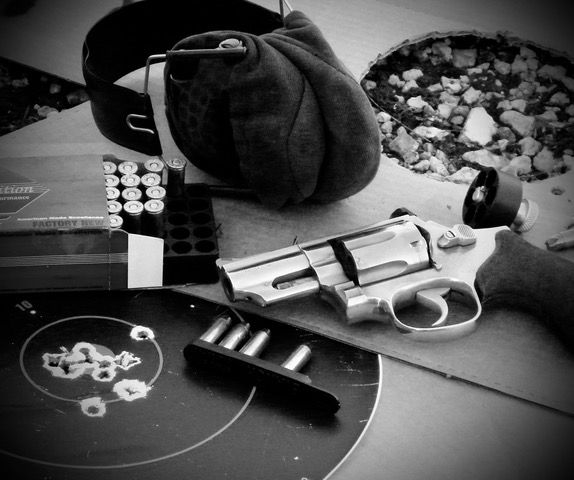
How many times has someone told you their choice of car/beverage/therapist/ … or anything else was the “best?” Ditto for anything firearms related, regardless of the application. I get, “What’s the “best” firearm for me,” question on a regular basis. My normal reply? “We don’t have time here and now to discuss this,” and give them my contact info. Because if you’re going to answer this one, it ain’t going to be a short conversation.
“Best” is both relative, and subjective. For example, “best” compared to what? We could be talking about the “best” firearm for a specific application. There’s a huge variety of firearms available today, and many of them can be used for several applications. The AR, or modern sporting rifle/carbine is a perfect example of modern versatility. What was originally fielded as a military assault weapon can be used well – in semi-auto form - for target shooting and other competitions, hunting, self-defense and law enforcement. This is especially true when you multiply this platform by all the various calibers it’s now available in. This level of adaption cannot be said about many firearms. The AR may just be the best for what you need to do.
Maybe, it’s “best” as in, “How much does it cost?” Again, today you’ve got a lot of options. And you don’t have break the bank to get an excellent, reliably working firearm. Above all, reliability in a defensive weapon is mandatory. Manufacturers have always offered various models. There are base or entry level weapons, and other with features or a fancier finishes. If you can’t afford the model with tritium “combat” sights, you can acquire the base model and then upgrade with aftermarket sights later. In the meantime, you’re putting in time training and practicing with what you’ve got, and while it might not be the “best” it will certainly do an excellent job for defensive applications.
The questions about “best” when it comes to accuracy for defensive purposes is usually not worth discussing. It doesn’t matter what size group your pistol or rifle will shoot from a bench. This won’t even be a factor when you’re engaging a rapidly moving threat at close range. Possibly, because the threat is arm’s reach away, from a retention firing position. Sure, we need accurate firearms, but very few of us are going to be able to recognize the difference between something that will shoot a ¼ inch group at thirty yards and one that hits a 4” plate somewhere near the center.
Subjectively, “best” is concerned with you, the individual. The firearm must fit you. Physical fit – pistol size compared to hand size – is the key to being able to fire and manipulate the firearm safely, concern number one, and efficiently, which is mandatory for defensive applications. Big hands and tiny pistols are never a good idea; same is true for small hands and large pistols. Hand strength comes into play. If you can’t cycle the slide of a specific semi-auto then it’s not the pistol for you. But, you’re in luck. Today, among all the available options, you’ll be able to find what fits you “best.”
Using a firearm as a weapon for defensive purposes is a serious subject, and should be approached accordingly. Picking the firearm that’s best for you is going to require some time and effort. Yes, you may make mistakes, discovering that what you thought was the “one” turns out not to be that great. But, don’t stop until you find the best. Then, make sure to get the proper training and put in plenty of practice until you’re working that weapon the “best.” (Hint, it’s a never-ending process.)
Tiger McKee is director of Shootrite Firearms Academy, which is celebrating its twenty-fifth anniversary. He is the author of The Book of Two Guns, AR-15 Skills and Drills, has a regular column in American Handgunner and makes some cool knives and custom revolvers. Visit Shootrite’s Facebook page for other details.